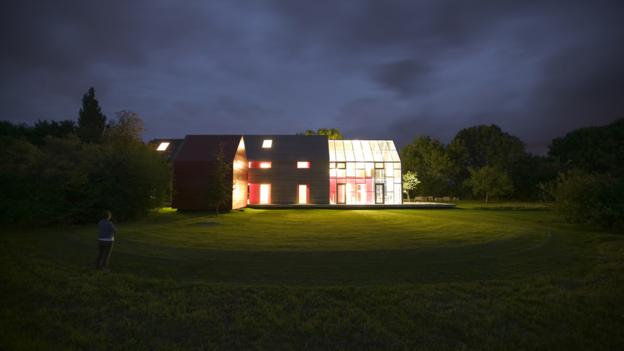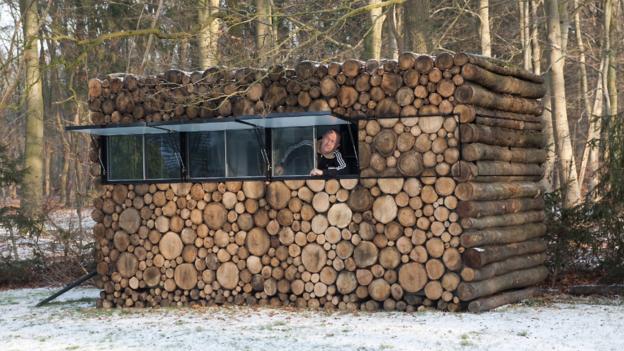Freddie Mac today released its updated Multi-Indicator Market Index® (MiMi®) showing that the U.S. housing market experienced some winter doldrums. While an improving labor market and attractive mortgage rates continue to promise a strong spring homebuying season, housing market stability stumbled a bit due to the cold winter and a softening of economic growth. The slight decline in the national MiMi value this month is broad-based, and not concentrated in a handful of state or metro markets.
News Facts:
- The national MiMi value stands at 74.6, indicating a weak housing market overall and showing a slight decline (-0.20%) from December to January and 3-month decline of (-0.37%). On a year-over-year basis, the U.S. housing market has improved (+3.39%). The nation’s all-time MiMi high of 121.7 was April 2006; its low was 57.4 in October 2010, when the housing market was at its weakest. Since that time, the housing market has made a 30 percent rebound.
- Fourteen of the 50 states plus the District of Columbia have MiMi values in a stable range, with North Dakota (96.9), the District of Columbia (96.3), Hawaii (90.1), Montana (90.0), and Wyoming (88.4) ranking in the top five.
- Nine of the 50 metro areas have MiMi values in a stable range, with Austin (86.0), Los Angeles (85.2), San Jose (84.1), Houston (82.2), and San Francisco (82.2) ranking in the top five.
- The most improving states month-over-month were Oregon (+1.29%), Idaho (+0.49%), Utah (+0.49%), Georgia (+0.48%) and Michigan (+0.28%). On a year-over-year basis, the most improving states were Nevada (+12.02%), Colorado (+9.52%), Rhode Island (8.41%), Florida (+7.97%), and Illinois (+7.73%).
- The most improving metro areas month-over-month were Portland (+0.65), Sacramento (+0.14%), Denver (+0.12%) and San Jose (+0.00%). On a year-over-year basis, the most improving metro areas were Las Vegas (+14.45%), Denver (+13.37%), Providence (+9.41%), Chicago (+7.41%), and Austin (+7.23%).
- In January, 11 of the 50 states and 21 of the 50 metros were showing an improving three month trend. The same time last year, 49 states plus the District of Columbia, and all 50 of the top 50 metro areas were showing an improving three month trend.
Quote attributable to Freddie Mac Deputy Chief Economist Len Kiefer:
“Housing markets weakened slightly this month, which is no surprise considering the harsh winter and slowdown in economic activity at the outset of 2015. While single-family purchase applications dipped a bit across the board from December to January, they are still up nearly 3 percent from last year. Improving employment and attractive mortgage rates should help to support increased purchase applications, particularly as the weather warms up and we head into the spring homebuying season.”
“The good news is that mortgage delinquencies also continued their steady decline. The national MiMi current on mortgage indicator for January is up 10 percent from a year ago at 67.5, the highest level we’ve seen since in six years. The improvement in households paying their mortgages on time has been dramatic. For example, at its low point in February of 2010, California’s MiMi current on mortgage indicator was just 22.8. Since then, California has seen major improvements and today the current on mortgage indicator is 77.6, showing a 240 percent improvement from its low point and an 8.2 percent improvement from one year ago.”
read more…
see freddie mac







